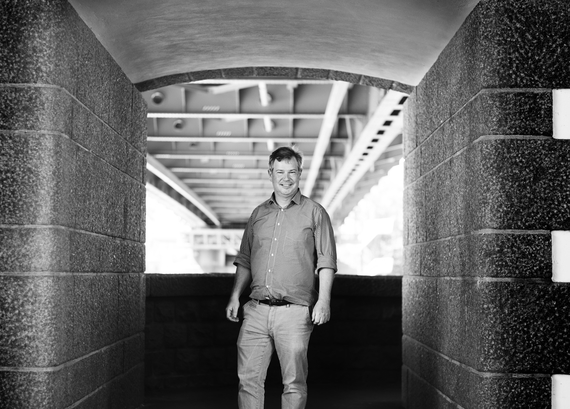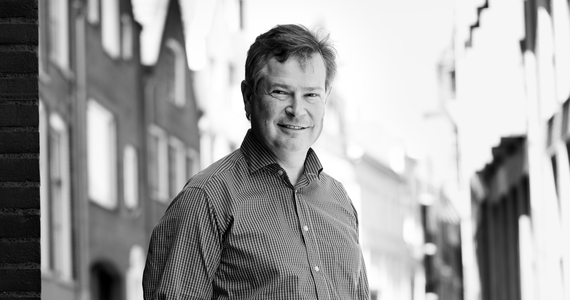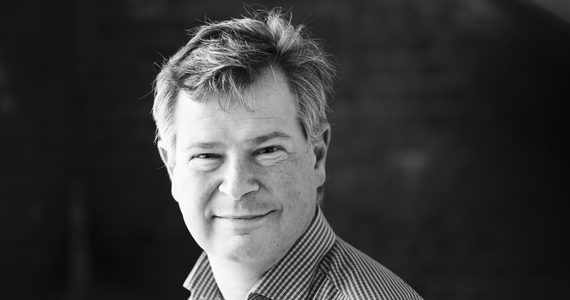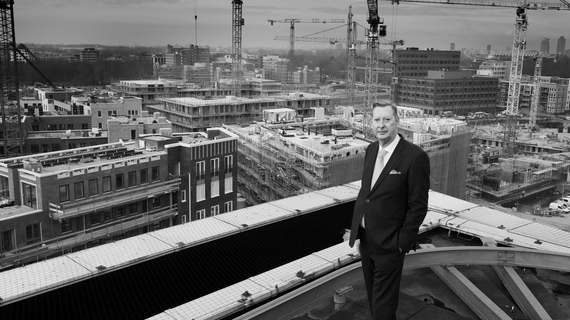
“Urban development is a game we can all participate in”
There is no future without the past, says urban historian Daaf Ledeboer. People who are involved in the process of shaping the built environment must have historical awareness: ‘I always try to think in terms of long lines in order to give identity and authenticity to the here and now from the past. Identity consists of knowing where you are in time and in space.’
Flapping the coat tails
Daaf Ledeboer, who can often be found working in old inner cities and historical settings, sees his profession as ‘following the lines, from the past into the future’. Increasingly, he is given the space to unite the compartmentalized world of decision-makers: ‘In many districts you can see departments transfixed within their own realities, realities that, in their own experience, become increasingly grand and more important, and technically more detailed. The big picture disappears from sight. As a supervisor, I often dash past all those departments, with coat tails flapping, picking up visions and ideas along the way. The art is to converge all those realities into one shared narrative, to provide guidance for the future.’
Use people’s creativity, in terms of housing size, energy supply or the environment.

Letting go
By using this narrative as a guideline - a ‘long line’ of history - it is possible to be more flexible than is now often the case: ‘Housing construction, for example, has become too much of a standardized system. We are now constantly busy copying; for example a house with a carport and a private garden is almost a predetermined template, it’s all so inflexible. When the programme changes, the system doesn’t fit anymore and you have to demolish. This is bad in terms of sustainability, but it's happening all the time. The more you turn house-building into a system, the more inflexible and more rigid the process becomes, and the less you can do with the results. So just let go! That will create a lot of scope for re-use and functional change. And use people’s creativity, in terms of housing size, energy supply or the environment.’
Pseudo indentity
An additional disadvantage of sticking to familiar building processes is that entire neighbourhoods all look identical: ‘It has nothing more to do with identity. People who live in new-build neighbourhoods derive the identity of their living area from the nearby town centre, and seldom from their own neighbourhood. There have been attempts to provide a newly built neighbourhood with its own identity, for example by building pseudo-historical houses along pseudo-historical canals. But then you're making a reproduction of what you think people want. And, maybe they do like it right now, but what about in ten or twenty years’ time? I don't think so. And then you can start demolishing it again. Again, this is not sustainable.’
Reading the landscape
So, what should be done? ‘You need to read the landscape or the city - its height differences, views, history, the logic. Stop attaching a false identity to it, instead provide residents or visitors with more awareness of the place, facilitate engagement. The positioning of an area should already be anchored in the urban vision. Fortunately, there is a growing understanding of the value of urban and landscape design, and an awareness of how to make use of the creativity of local people to strengthen identity. People feel that their environment belongs to them, a place where they can share their dreams and their reality. In this game, not only the urban planner, but also local authority and council colleagues, and an innovative brick manufacturer can provide the tools. Isn’t that an amazing game we can all participate in?’



